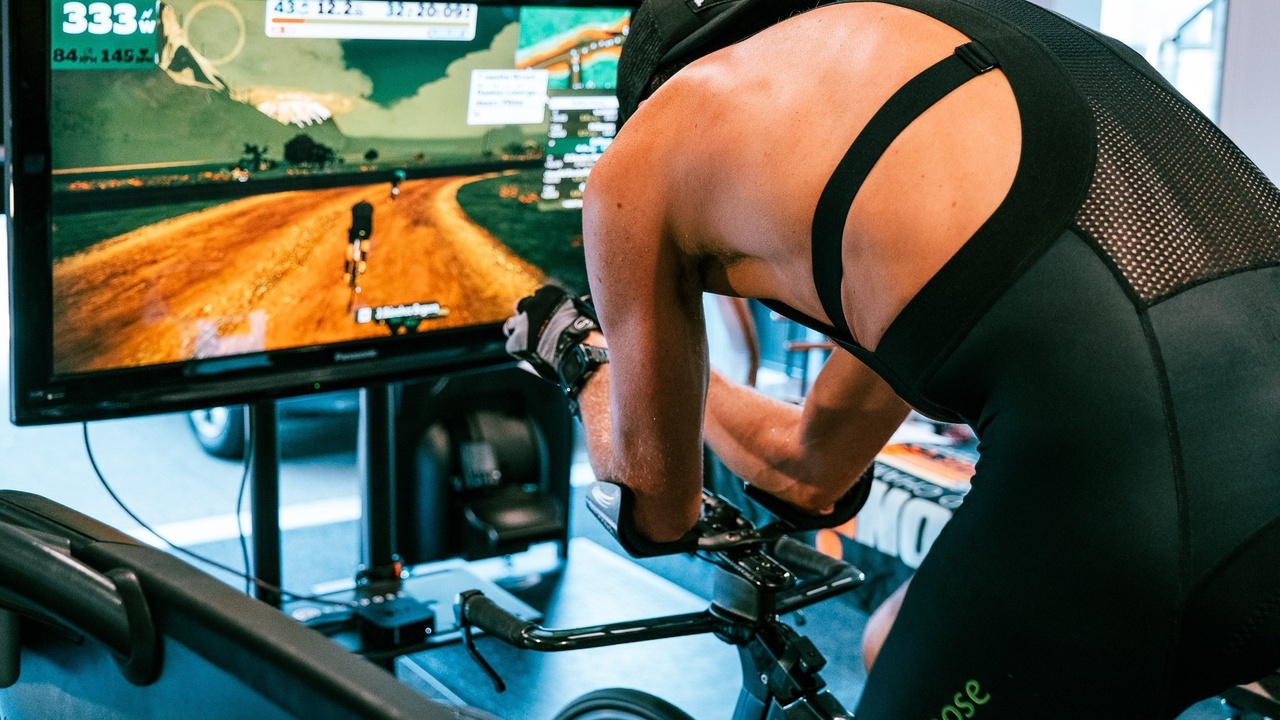Unveiling the Potential: New Research on Fat Oxidation at Higher Exercise Intensities

A thought-provoking review on low carbohydrate diets and substrate oxidation rates was recently published in the journal Frontiers in Physiology (10). The author list includes a couple of the big names in low carbohydrate research, Tim Noakes and Jeff Volek. In this blog, I will summarise some of the key messages and takeaways from the review.
The traditional model of exercise and substrate oxidation
During prolonged, endurance exercise, we primarily use two fuels to support our metabolism and keep us moving. We have carbohydrates, which are stored as glycogen in muscles and in the liver, and we have fat, stored in fat cells and in muscle. The rate at which we use carbohydrates and fats to support metabolism changes with things like exercise intensity and duration (14, 17), heat stress (6), and recent diet (2, 16). As our carbohydrate stores are relatively modest, we can become carbohydrate-depleted, and fatigued as a result, after exercise of sufficiently demanding intensity and dur...
Chelsea Sodaro Wins the Ironman World Championships

Photo Korupt Vision
On Thursday, 6th October 2022, Chelsea Sodaro did something pretty special! She won the Ironman World Championships to become the first American woman to win since Paula Newby-Fraser in 1996. Chelsea and I believed that she would one day win this race (she certainly has all the goods), but for it to happen so soon was a shock for both of us. We talked about the top 3 being excellent, but a win is out of this world! Chelsea’s 8 hours 33 minutes finishing time was the second fastest time ever by a female at Kona. The competition was among the strongest assembled, with Lucy Charles-Barclay and Anne Haug in 2nd and 3rd position. Well done, Chelsea!
This has been one incredible journey, having taken on Chelsea initially when she was just 6 weeks pregnant. But some fundamental principles got Chelsea to that outstanding performance on race day. Of course, the training and data are a massive part of all this. Still, I also wanted to share some more global concepts that ha...
New Study: The Cellular Energy Sensor, AMPK - Switching it on for Training Adaptation

by Dr Dan Plews
As we have discussed in several previous blogs, and in our courses, adaptations to endurance training are produced through activation of cellular signalling pathways in response to individual training sessions, with these cellular signalling pathways activated through detection of the physiological stresses generated through exercise. In this blog, we are going to focus on one of the most well-known proteins in the adaptive signalling cascade, the cellular energy sensor AMPK.
AMPK, or to give its full name, 5’adenosine monophosphate-activated protein kinase, is an important protein in the detection of the cellular energy stresses generated during endurance exercise (1). Specifically, AMPK within the muscle is activated by the metabolic stresses generated by exercise, and subsequently activates signalling pathways associated with endurance training adaptation (2). This pathway makes a lot of sense; if our muscle is stressed by exercise, we detect it and then send signa...
Changes in HRV with training intensity and the menstrual cycle: Insights from our big data study

As many of you will know, the application of heart rate variability (HRV) to endurance training is one of my major research interests (6–8), and something I consistently integrate into my coaching practice with elite and amateur triathletes. Daily measurements of HRV upon waking to tell us about our autonomic function; specifically, HRV measured as the square root of the mean squared difference between beat-to-beat intervals (rMSSD) is a measure of parasympathetic nervous system activity. The parasympathetic nervous system is the arm of the autonomic system that slows things like your heart rate down, and therefore suppressed parasympathetic activity, and so suppressed HRV measured as rMSSD, is indicative of a state of stress. This is what makes daily HRV measurements useful for informing the training process; trends in HRV can help us to determine when we might need to back off, and when we can be confident in putting the hammer down. Indeed, using HRV measurements to guide daily trai...
